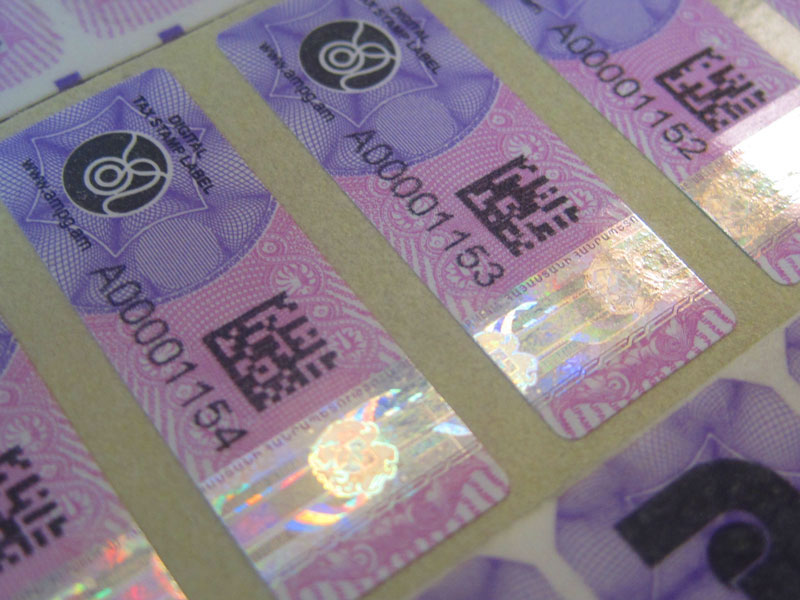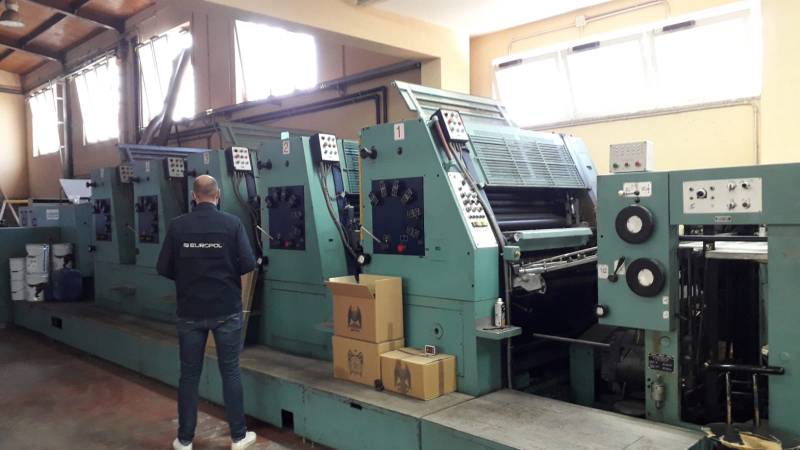In today’s world, the importance of authentic education certificates cannot be overstated. With the rise of digital technology, the issue of counterfeit certificates has become more prevalent than ever. This article explores the various anti-counterfeit measures that are being implemented to safeguard the integrity of education certificates.

Understanding the Need for Anti-Counterfeit Measures
The necessity for anti-counterfeit measures in education stems from the increasing cases of fraudulent certificates. These fake documents can lead to unqualified individuals occupying critical positions, thereby jeopardizing professional standards and reputations.
The Impact of Counterfeit Certificates
Counterfeit certificates not only undermine the education system but also devalue the hard work of genuine graduates. They pose significant challenges to employers and educational institutions, who must ensure the authenticity of the certificates presented to them.
Technological Solutions to Combat Counterfeiting
Technology plays a pivotal role in combating counterfeit certificates. Various technological solutions are being adopted to ensure the integrity and authenticity of education certificates.
Blockchain Technology
Blockchain technology offers a decentralized and secure way to verify the authenticity of certificates. By storing certificate data on a blockchain, institutions can provide a tamper-proof record that is accessible to employers and other stakeholders.
QR Codes and Digital Watermarks
QR codes and digital watermarks are simple yet effective tools in verifying the authenticity of certificates. These features can be scanned or viewed to confirm the legitimacy of the document.
Implementation of Anti-Counterfeit Printing
Traditional print-based security features still hold value in the fight against counterfeiting. Anti-counterfeit printing techniques include the use of holograms, microtext, and color-shifting inks to create certificates that are difficult to replicate.
Holograms and Security Threads
Holograms and security threads are embedded into certificates to add an additional layer of security. These features are challenging to duplicate and serve as an immediate visual cue for authenticity.
Role of Educational Institutions
Educational institutions play a critical role in implementing anti-counterfeit measures. By adopting advanced security technologies and updating their verification processes, institutions can protect their reputation and the credibility of their certificates.
Collaboration with Technology Providers
Collaboration with technology providers is essential for institutions to stay ahead of counterfeiters. By working together, they can develop more robust solutions to prevent certificate fraud.
Regular Training and Awareness Programs
Conducting regular training and awareness programs for staff and students can help in identifying and preventing the use of counterfeit certificates. These programs educate individuals about the importance of certificate authenticity and the measures in place to ensure it.
The Role of Government and Regulatory Bodies
Governments and regulatory bodies must also play a role in combating certificate fraud. By implementing strict regulations and penalties for counterfeiting, they can deter individuals from creating or using fake certificates.
Creating a Centralized Database
Creating a centralized database of authenticated certificates can greatly assist in verification processes. This database would allow employers and institutions to quickly verify the legitimacy of a certificate.
Future Challenges and Opportunities
While significant progress has been made in combating certificate fraud, challenges remain. Future efforts must focus on staying ahead of counterfeiters who are constantly evolving their methods.
Advancements in Technology
As technology advances, so does the sophistication of counterfeiting methods. Continuous investment in research and development is essential to counter these evolving threats.
Global Collaboration
Global collaboration between educational institutions, technology providers, and regulatory bodies is crucial. By sharing knowledge and resources, stakeholders can develop more effective solutions to combat certificate fraud.
Conclusion
Ensuring the authenticity of education certificates is vital for maintaining the integrity of the education system and the credibility of graduates. By implementing robust anti-counterfeit measures, leveraging technology, and fostering collaboration, we can safeguard the future of education.

FAQs
What are the common anti-counterfeit measures in education certificates?
Common measures include blockchain technology, QR codes, digital watermarks, holograms, and security threads.
Why is it important to combat counterfeit certificates?
Combating counterfeit certificates is essential to maintain the integrity of educational qualifications and ensure that only qualified individuals occupy professional positions.
How can educational institutions implement anti-counterfeit measures?
Institutions can implement measures by adopting advanced technologies, collaborating with technology providers, and conducting regular training and awareness programs.
For further information on anti-counterfeit printing, visit this page. Additionally, learn more about the role of security printing and serialization compliance in different sectors.
This article contains affiliate links. We may earn a commission at no extra cost to you.







